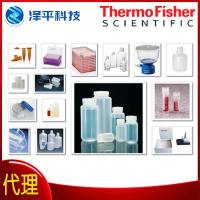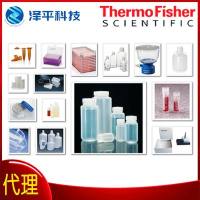Immunoaffinity Methods for Purification of Complement Components and Regulators
互联网
|
Componen |
Problem |
Solution |
|---|---|---|
|
C l |
Dissociates in absence of |
Avoid chelating agents in serum/plasma, |
|
divalent cations |
use VBS instead of PBS, avoid chaotropes, |
|
|
include protease inhibitor NPGB (1 mM). |
||
|
C2/fB |
Very prone to |
Ensure all steps are performed at 4�C, |
|
proteolysis/denaturation |
include protease inhibitors in plasma and |
|
|
buffers. |
||
|
C3/C4 |
Very abundant in plasma, |
Reduce the volume of plasma used-20 mL |
|
column saturates |
plasma should yield >10 mg C3! |
|
|
fD |
Very low concentrations |
Consider alternative sources-urine from |
|
in plasma |
patients with renal pathology? |
|
|
Properdin |
Tendency to form |
Minimize time of procedure keep at 4�C |
|
aggregates |
include protease inhibitors. |
|
|
C8 |
Noncovalently associated |
Avoid high salt wash (250 mM max), use |
|
subunits (αγ/β)dissociate |
solid phase which binds both subunits |
|
|
in high salt |
(mixed MAb). |
|
|
C9 |
Labile at pH extremes |
Elute in chaotropes (e.g., 2 M MgCl2 ) or |
|
minimize time of exposure by neutralizing |
||
|
immediately. |








